My Bookings
Please Enter Your Booking Code To Find Your Booked Tour!
Texas Capitol
4.7(3717)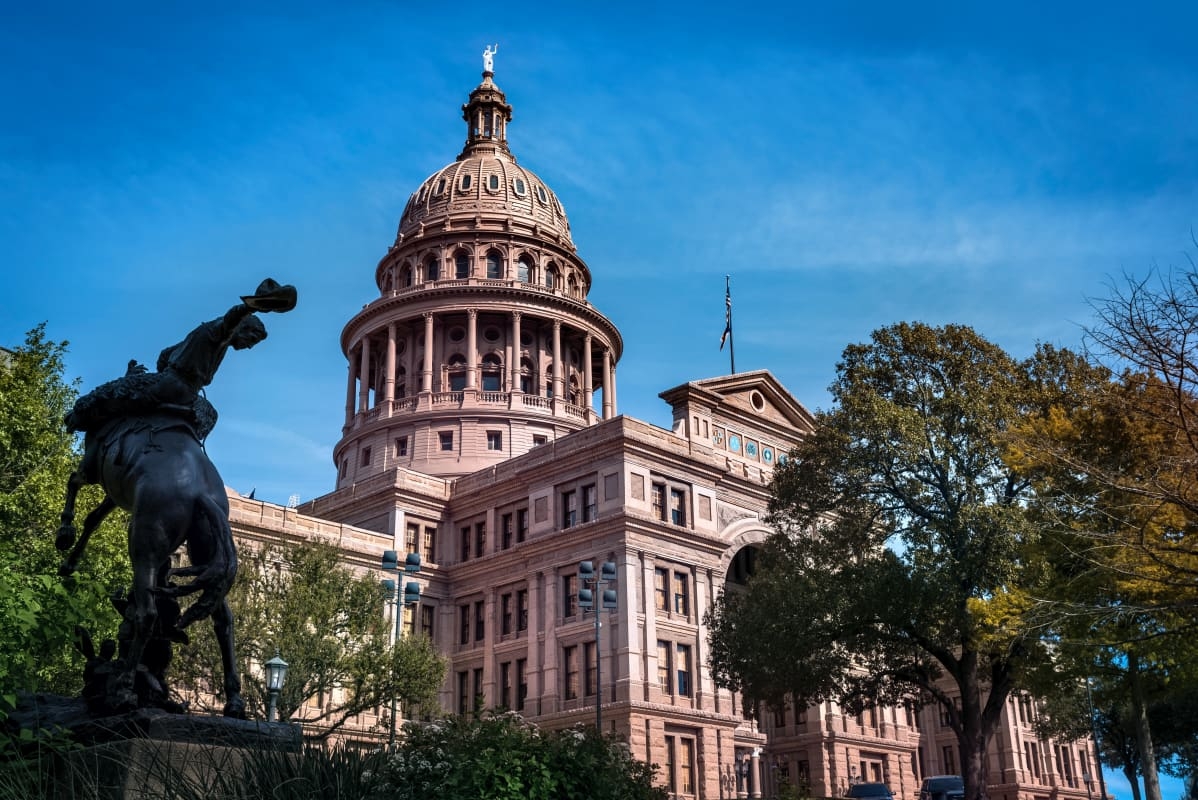
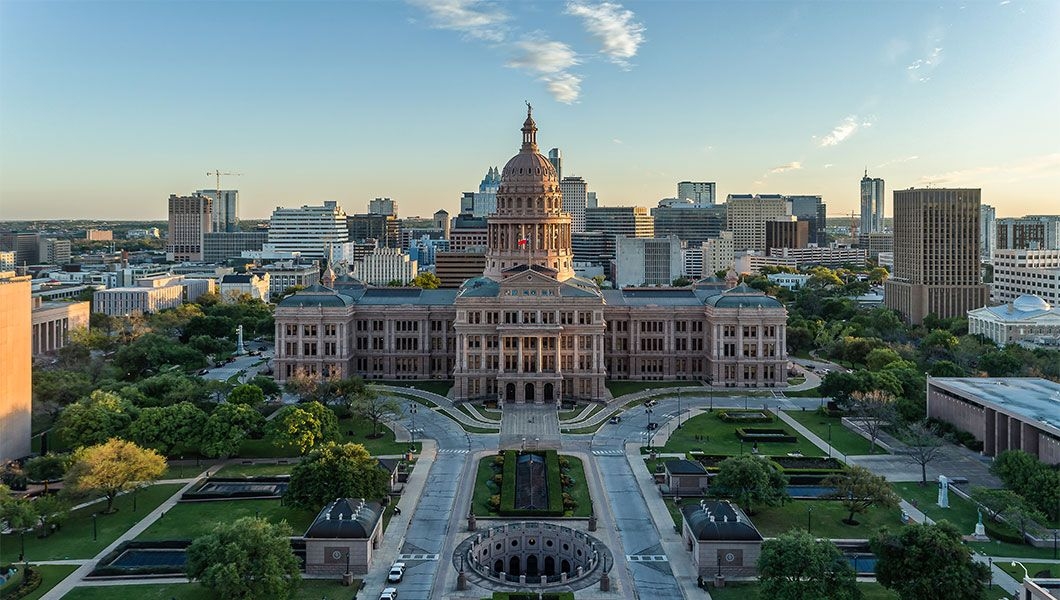
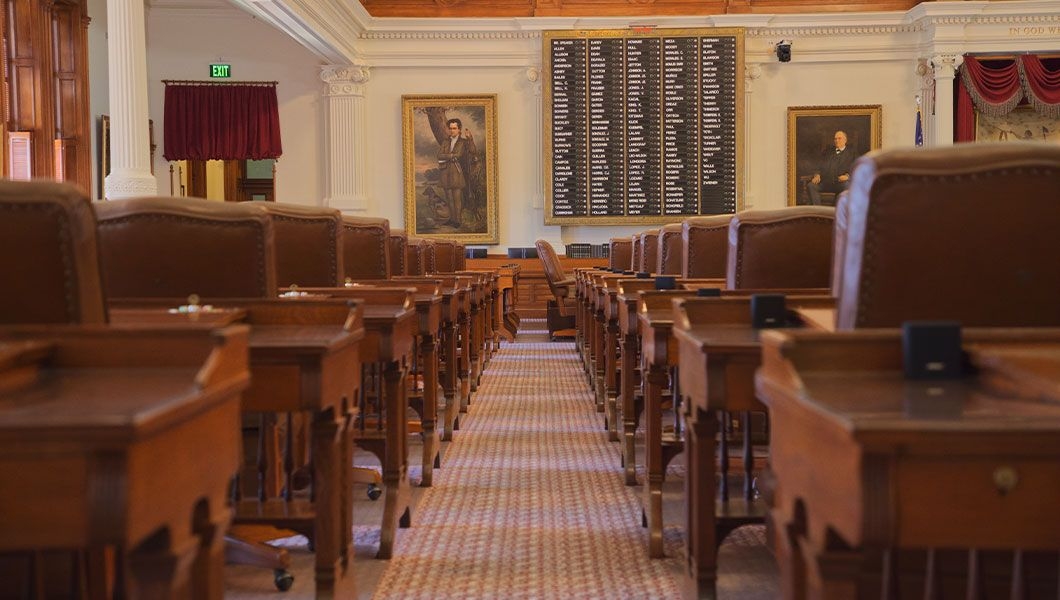
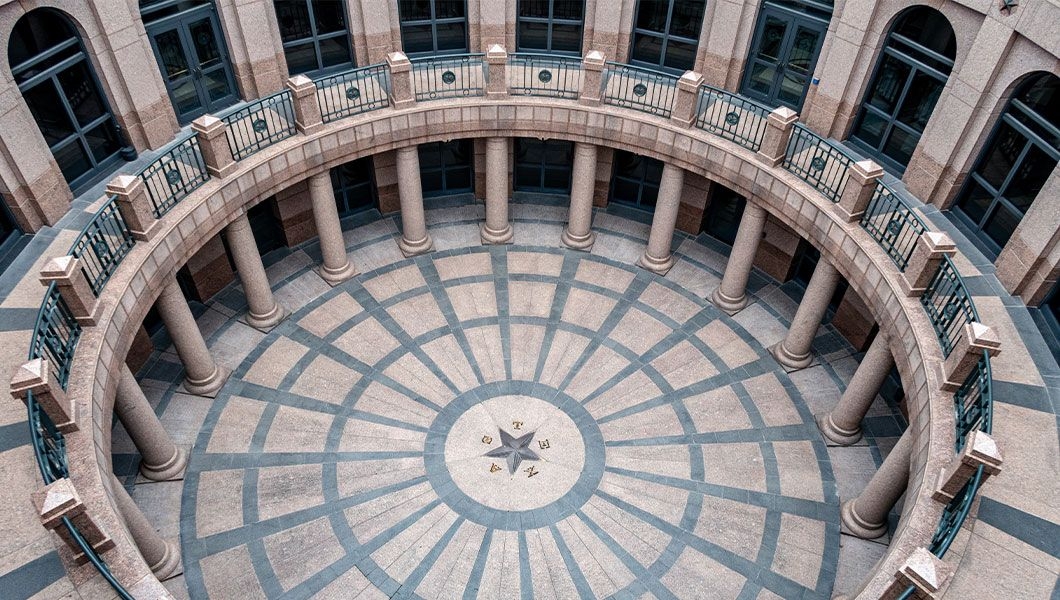
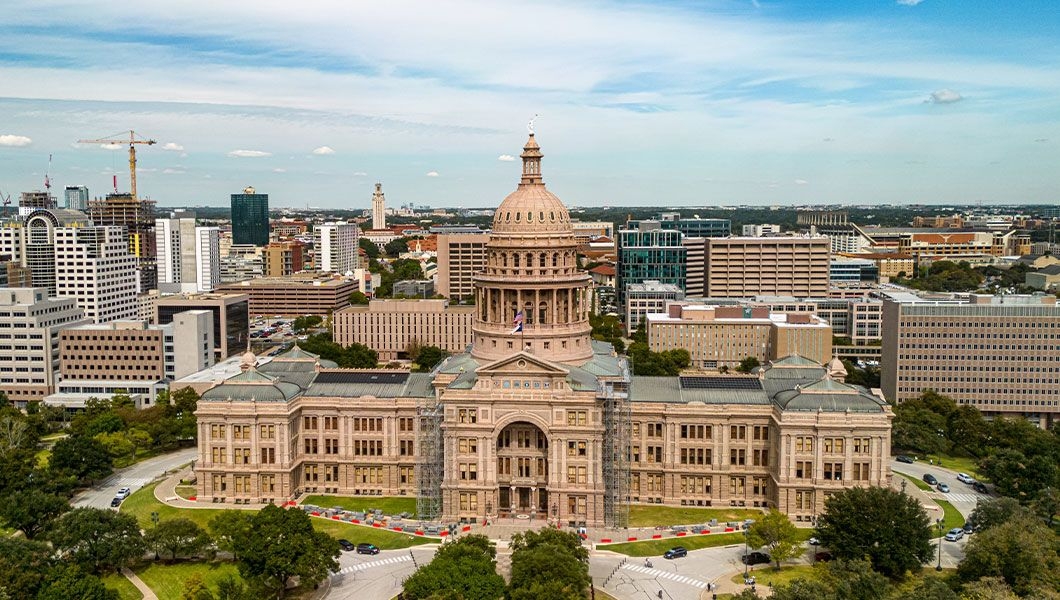
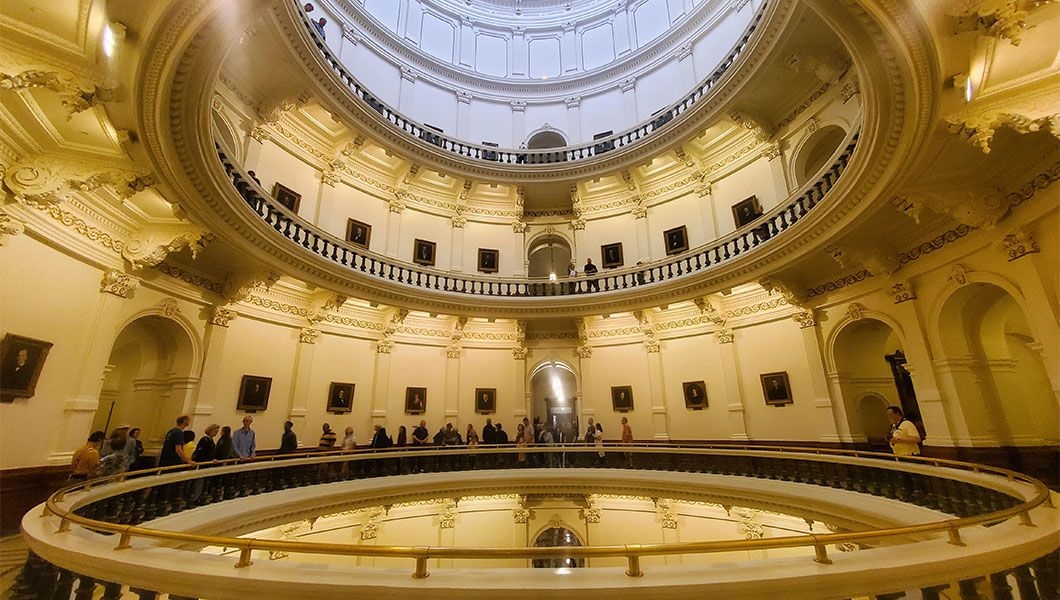








Overview
Opening Hours
- Hours may vary
- Monday - Friday: 7am to 8pm
- Saturday and Sunday: 9am to 8pm
Top Tips
Looks like there are no tips. Be the first one to add a tip to help people enjoy!

Standing 302.64 feet (92.24m) tall, the Italian Renaissance Revival-style Texas State Capitol was constructed from 1882 to 1888 under the direction of civil engineer Reuben Lindsay Walker. The capitol is a rectangular building with a four-story central block, with symmetrical three-story wings and a dome rising from the center, sitting atop a hill overlooking the downtown area.
There are numerous statues and monuments scattered throughout the 22-acre grounds. The first monument was installed in 1891 to commemorate the heroes of the Alamo. Other monuments include; Volunteer Firemen Monument (1896), Confederate Soldiers Monument (1903), and Terry’s Texas Rangers Monument (1907), all lining the tree-lined Great Walk. The Texas Capitol was added to the National Register of Historic Places in 1970 and recognized as a National Historic Landmark in 1986.
Scenic Austin Night Tour
What to Know
Nestled in the heart of downtown Austin, Texas, stands a grand and historic structure - the Texas State Capitol. The seat of government for the American state of Texas, this impressive building is home to the offices and chambers of the Texas Legislature and the Governor of Texas.
Designed in 1881 by the esteemed architect Elijah E. Myers, the construction of this grand edifice was undertaken under the guidance of civil engineer Reuben Lindsay Walker, taking place between 1882 to 1888. In 1993, a $75 million underground extension was completed, adding an even more impressive element to the building.
The Texas State Capitol is not just a building, but a symbol of Texas heritage and pride. It was added to the National Register of Historic Places in 1970 and recognized as a National Historic Landmark in 1986, cementing its place in history as a must-see architectural masterpiece.
How to Get There
The Texas State Capitol building sits on 100 Congress Avenue in downtown Austin. The best way to get there is by booking one of our guided tours to Austin which will save you the hassle of navigating your way through the downtown area to this landmark.The best part about this tour is the VIP treatment you'll receive driving in a private, air-conditioned Mercedes Metris van to multiple points of interest in addition to the State Capitol like the Pfluger Pedestrian Bridge, and Boardwalk of Lady Bird Lake. You'll also get to hop on a serene Capital Cruise Boat Tour! What's not to love?
Best Time to Visit
The Texas State Capitol building is open for you to see all year except on Easter Sunday, Thanksgiving Day, Christmas Eve, Christmas Day, and New Year's Day. The periods considered best for visiting Texas are March to May and September to November due to the generally pleasant weather in these months. But you can visit this tourist landmark whenever you want!
Highlights
Come down to see the seat of government for the American state of Texas and learn some history and politics along the way! Marvel at the ornate architecture of the building which stands at a staggering height of 302.64 feet, about 14.64 feet higher than the U.S. Capitol building! Explore the lush grounds and see 22 monuments and many structures of historical significance!
Visit the Capitol Visitors Center for its interesting rotating and permanent displays! Once you're done, stop by the famous Clay Pit for a hearty Indian meal! After a tour of the State Capitol, you can also visit some of the top historical and tourist landmarks located nearby like Bullock Texas State History Museum, Zilker Metropolitan Park, LBJ Presidential Library, Blanton Museum of Art, and the University of Texas!
Features
The Texas State Capitol, located in Austin, is a grand and imposing building that stands as a symbol of the state's power and history. Built in an Italian Renaissance Revival style, the Capitol is a sight to behold with its impressive four-story central block, symmetrical three-story wings, and towering dome that ascends from the center.
Constructed with local red granite, the Capitol boasts an impressive 360,000 square feet of floor space, making it the largest state capitol building in the country. With nearly 400 rooms and over 900 windows, the Capitol is a labyrinth of history and politics. The interior of the central part of the building fashions an open rotunda underneath the dome, with cast-iron stairs fringing the rotunda that joins the many levels of the edifice.
The heart of the Capitol is the chambers of the Texas Legislature, where the Texas Senate and Texas House of Representatives converge in double-height spaces in the hubs of the two wings on the second story. These chambers are overlooked by public galleries on the third floor, allowing citizens to witness the workings of their government in action. The Texas State Capitol is more than just a building, it's a living testament to the state's past, present, and future. It's a symbol of the state's resilience, strength, and determination, and a must-see destination for anyone visiting Austin.
History
The Texas State Capitol, nestled in the heart of Austin on the historic square designated as the official site of the Republic of Texas Capitol, holds great significance as a symbol of the state's heritage. It is the culmination of the efforts of people who believed in the importance of Texas' place in the Union. Construction on the current Capitol began on February 1st, 1882, with the laying of the cornerstone on March 2nd, 1885. The building was dedicated on May 16th, 1888, and officially completed on December 8th, 1888, after six and a half years of construction.
The Texas State Capitol, designed by E.E. Myers, the architect of the Michigan and Colorado Capitols, stands at a towering height of 302.64 feet from the ground to the top of the dome's star and is the biggest domed state capitol establishment in the country, second in size only to the National Capitol in Washington D.C. It's interesting to note that this building is even taller than the National Capitol, with an impressive height of 14.64 feet. The structure occupies an expansive area of three acres and offers 192,374 square feet of office space with 392 rooms, 18 lockers, 924 windows, and 404 doors.
The walls of the Texas State Capitol are made of Texas red granite from Burnet County and the interior and walls are constructed of Texas limestone. The copper roof covers 85,000 square feet of space and the initial floors were made of glass, wood, and interestingly enough, hand-blocked clay tile. In celebration of the hundredth anniversary of Texas' Independence in 1936, a new terrazzo flooring was laid down on the first story, primarily made of Texas marble aggregate.
This floor is still in good shape today. The interior walls of the building feature about seven miles of wainscoting assembled by various kinds of wood such as oak, pine, cherry, cedar, walnut, and mahogany. The door and window frames — except for the cherry frames in the Governor's Reception Room — are made of oak or pine.
Adjoined to the Capitol and four other state establishments by tunnels, the Capitol Extension, an underground expansion to the central Capitol structure, is a permanent component of the Capitol complex which opened to the public on January 11, 1993. Among its features are skylights, known as light courts, which make room for generous natural light and a spectacular vista of the Capitol dome. Inside the Extension, there are 16 committee hearing rooms (which can hold 75 to 100 people), 8 conference rooms, a canteen for snacks, a massive arena, and a gift store for visitors. The space of the conference rooms is perfect for small gatherings while the arena, which can seat 350 people, can be used for bigger affairs.
Quick Links
Book your Tour
Get in Touch
Toll Free
1-888-961-6584
Local
1-289-271-9767
© 2025 See Sight Tours. All Rights Reserved.
1-888-961-6584

